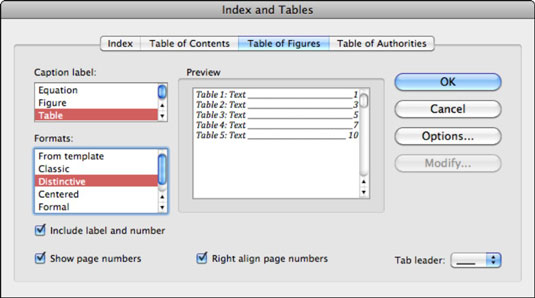

Because the deep learning techniques have been demonstrated to be key methods in bioinformatics, such as protein structure prediction ( 9), and function analysis ( 10), BLMs mainly focuses on the biological neural language models to represent and analyze biological sequences based on deep learning techniques.

Inspired by their successes, we are to propose the biological language models (BLMs) for DNA, RNA and protein sequences. Language models can systematically and comprehensively represent and analyze the sentences, independent from the rule-based features, significantly contributing to the development of the natural language processing ( 8). They are critical for promoting the development of biological sequence analysis based on natural language processing. Therefore, models which are able to automatically and systematically capture the linguistic features are highly desired. Furthermore, these methods highly depend on the experience-based linguistic features. As a result, the rule-based approaches show limited performance for some difficult tasks, such as protein disordered region prediction, enhancer identification, etc. Even the most complicated polysemous word in a language will never have so many properties.

For examples, there are >500 physiochemical properties for amino acids ( 6), and >180 physiochemical properties for nucleotides ( 7). The biological sequences with various structures and functions share some common features with natural languages, but they also have their own linguistic properties. The existing studies focus on exploring the lexical, syntactic, or semantic of biological sequences. Unfortunately, we still know only a little about its semantic. The similarities between protein sequence and natural language sentence.Īll these approaches based on natural language processing are playing important roles in uncovering the meanings of the ‘book of life’. Because the relationships among biological sequence, structure and function are similar as the relationships among sentence, syntactic and semantic in linguistics (see Figure 1), techniques for semantic analysis derived from natural language processing have been applied to predict the structures and functions of proteins ( 5), providing new ideas and approaches for solving these tasks. Biological sequences store all the information determining their structures and functions, and the sentences contain all the information defining their syntactic and semantic ( 4). Inspired by these similarities between proteins and languages, the linguistic technique n-gram was employed to probe the proteome grammar, showing that a ‘quasi-universal grammar’ underlies the evolution of domain architectures ( 3). Protein domains can be considered as the words of proteins, and the rules for domain associations are the grammar of proteins ( 2). In this regard, the techniques grounded in linguistics are used to uncover the meanings of the ‘book of life’, and have greatly contributed to the development of biological sequence analysis. Similarly, words are combined by grammar and linguistic rules into a sentence with certain meanings. For examples, the peptide bonds connect the amino acid residues to form a protein with certain structure and function. Natural languages and biological sequences are similar. The genome is the ‘book of life’, whose languages are the biological sequences ( 1).


 0 kommentar(er)
0 kommentar(er)
